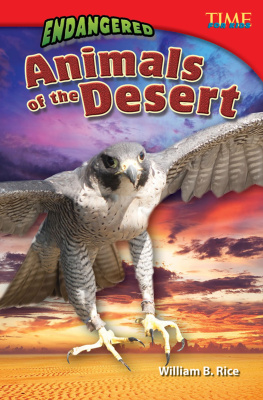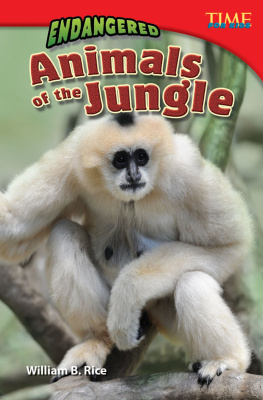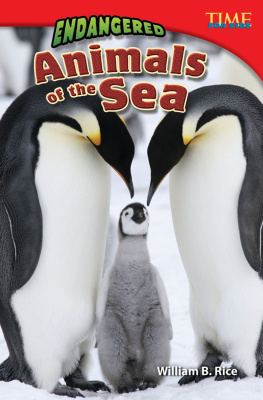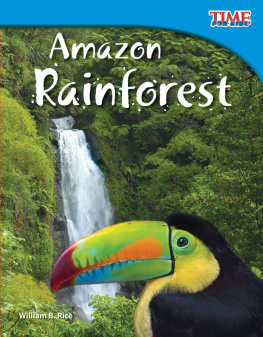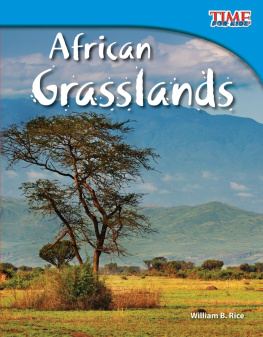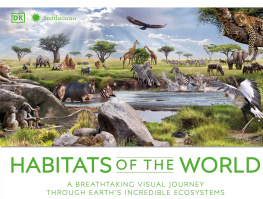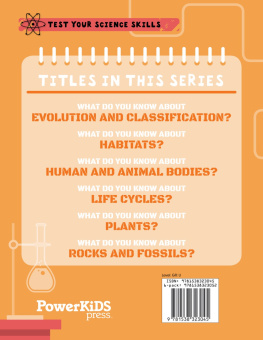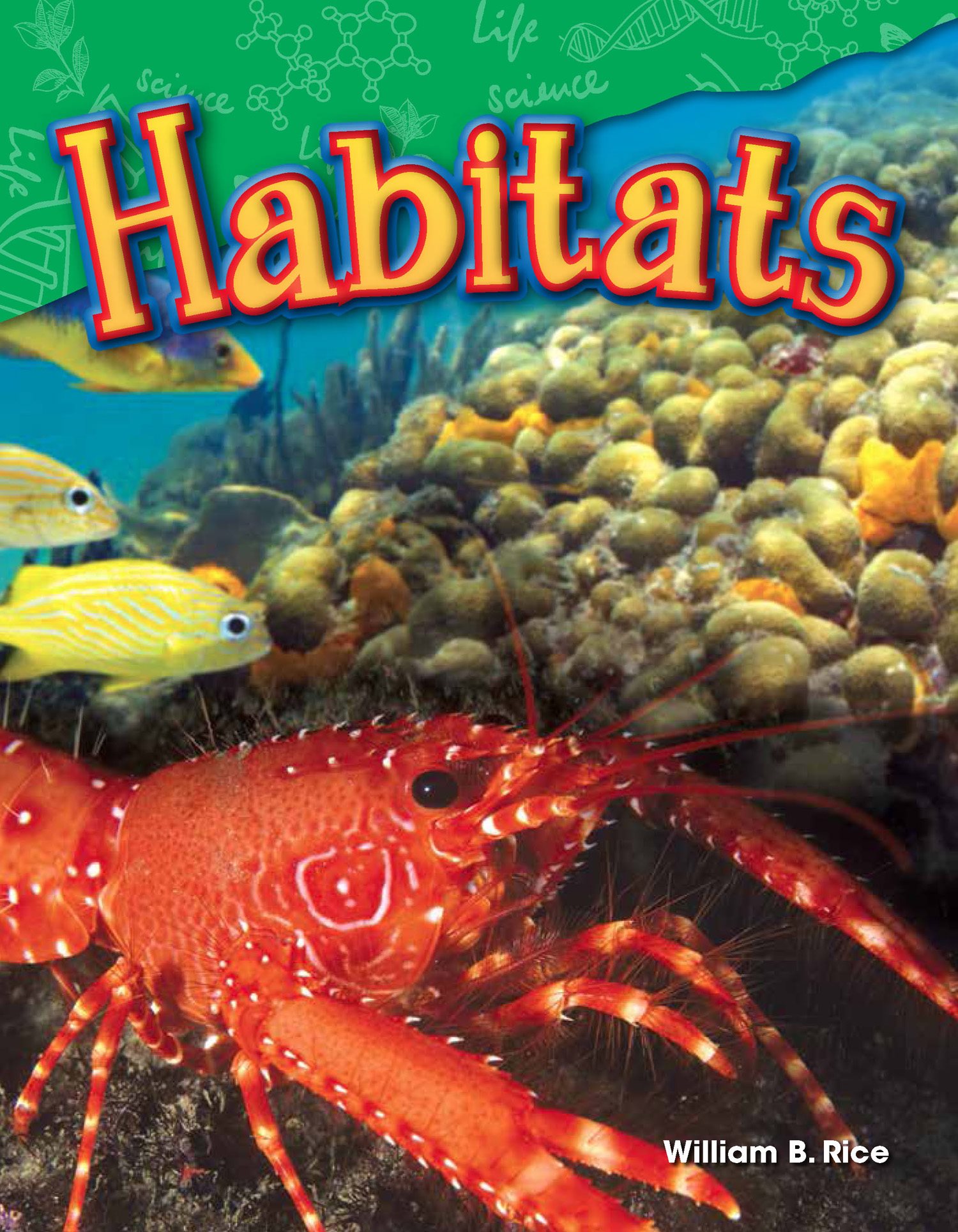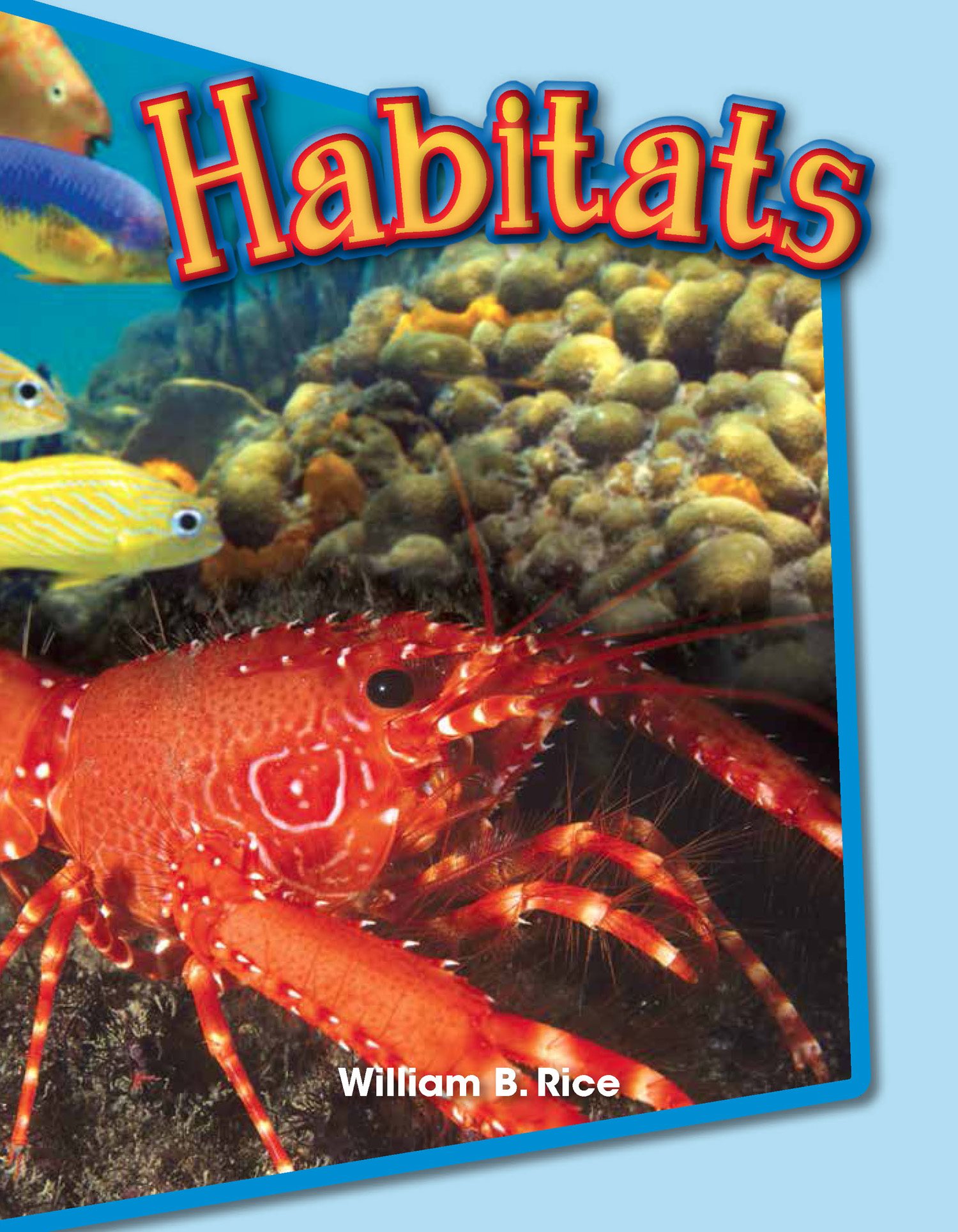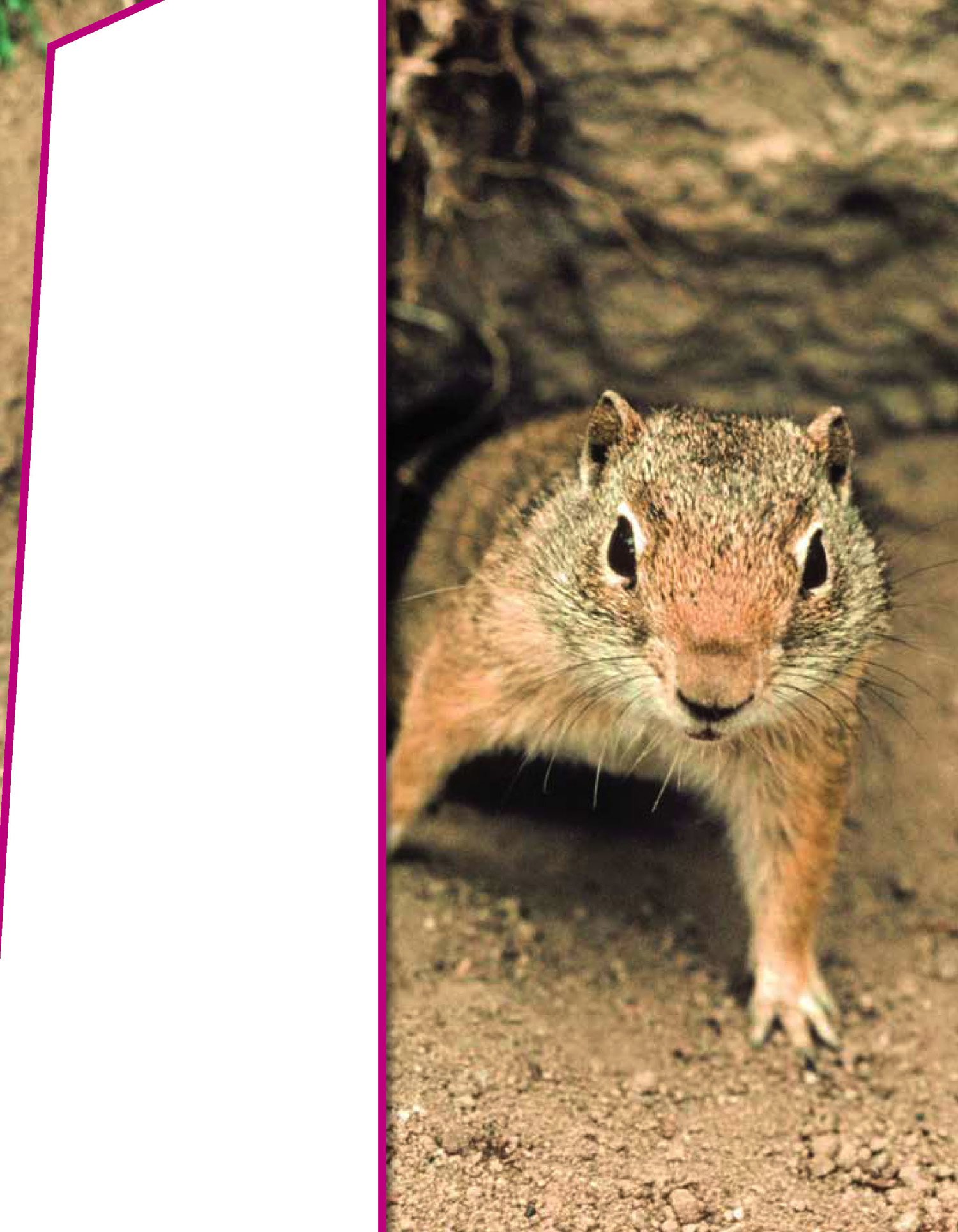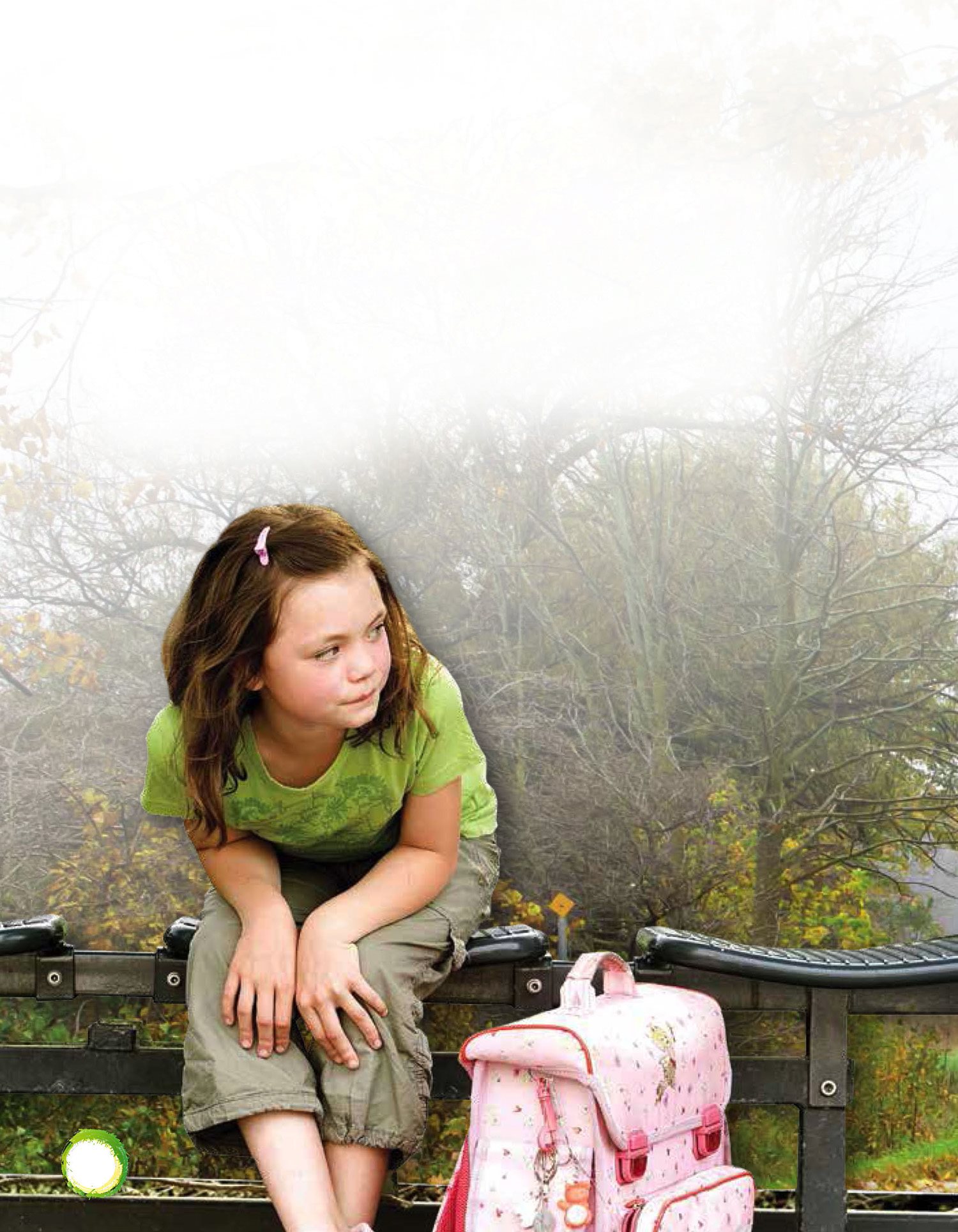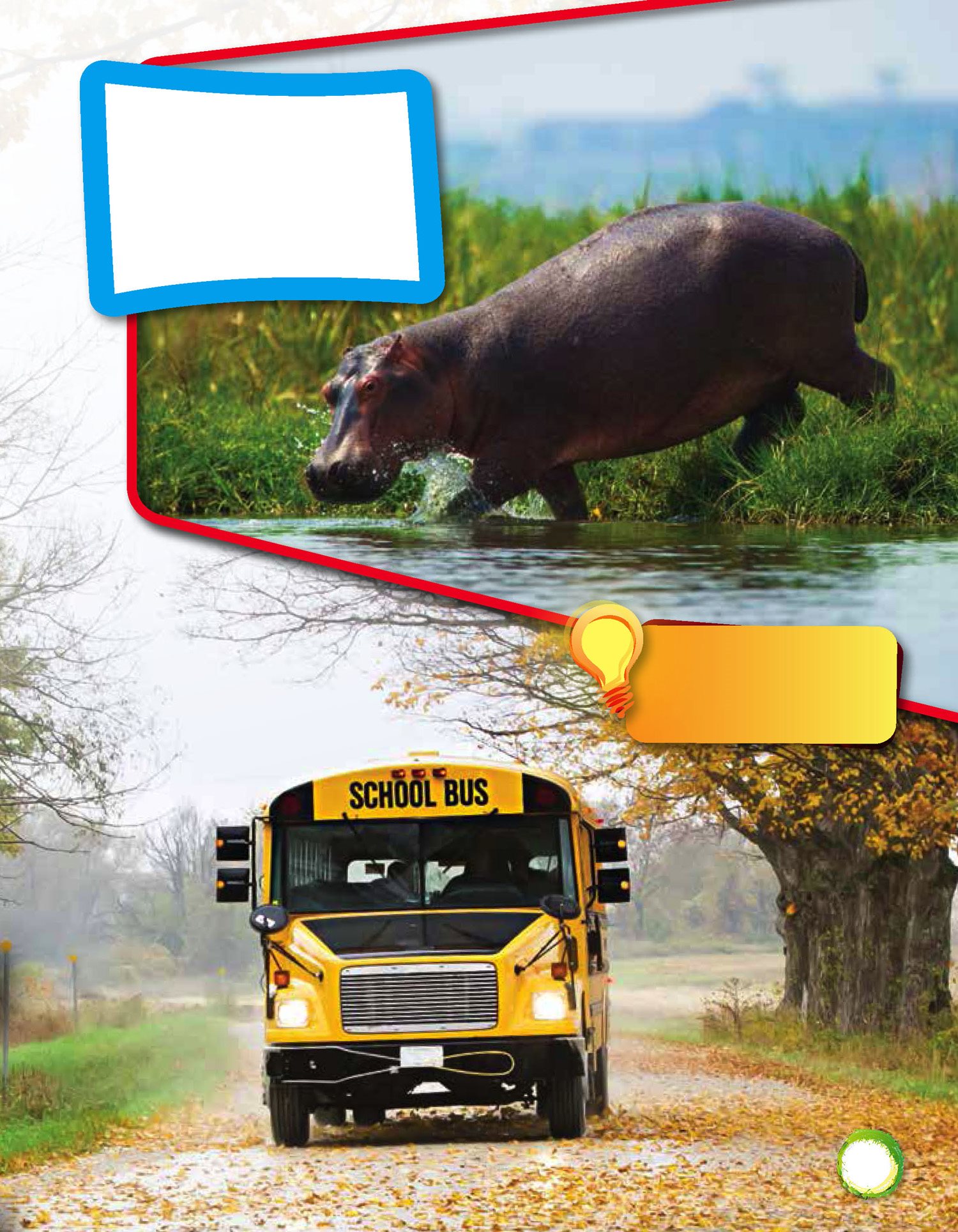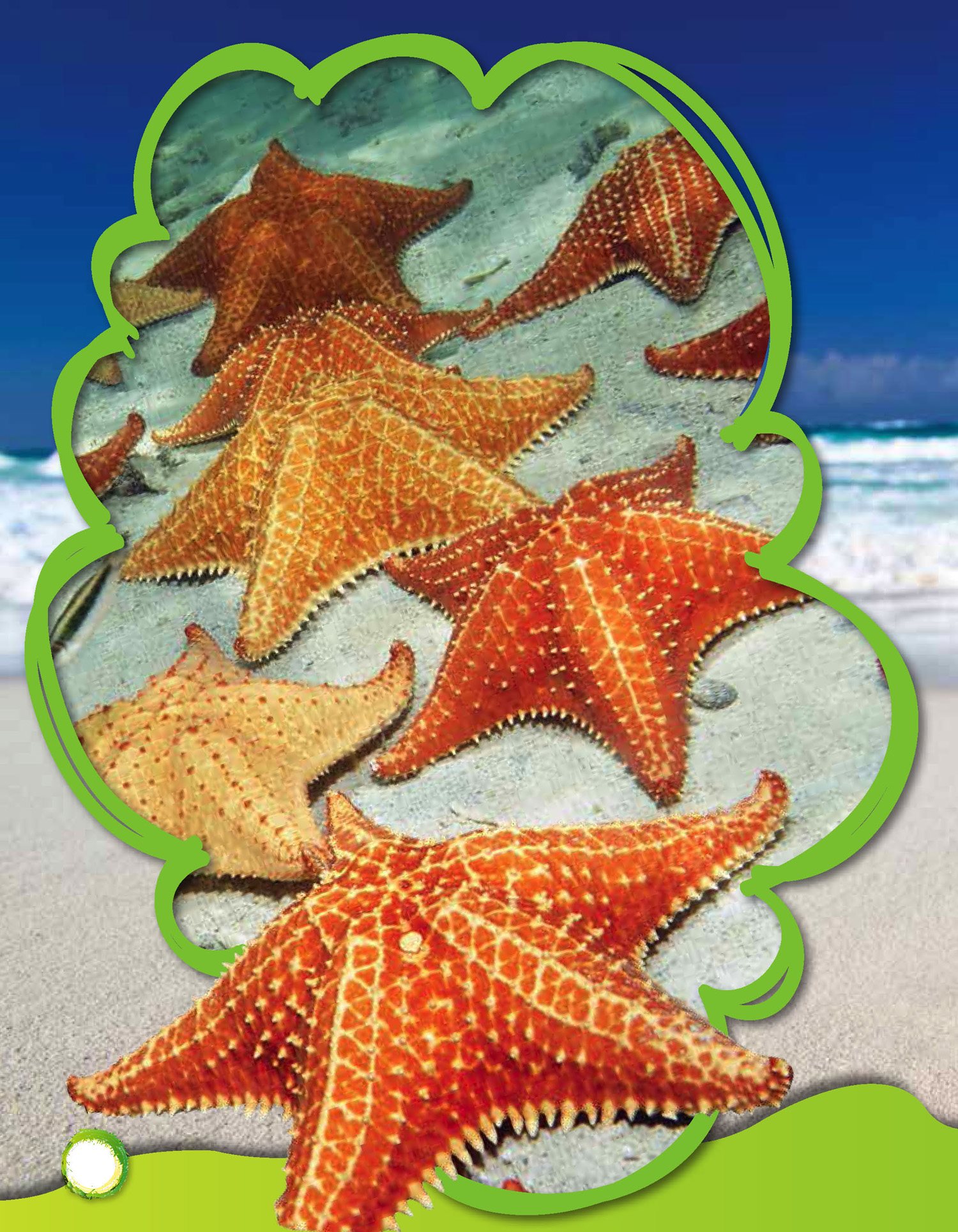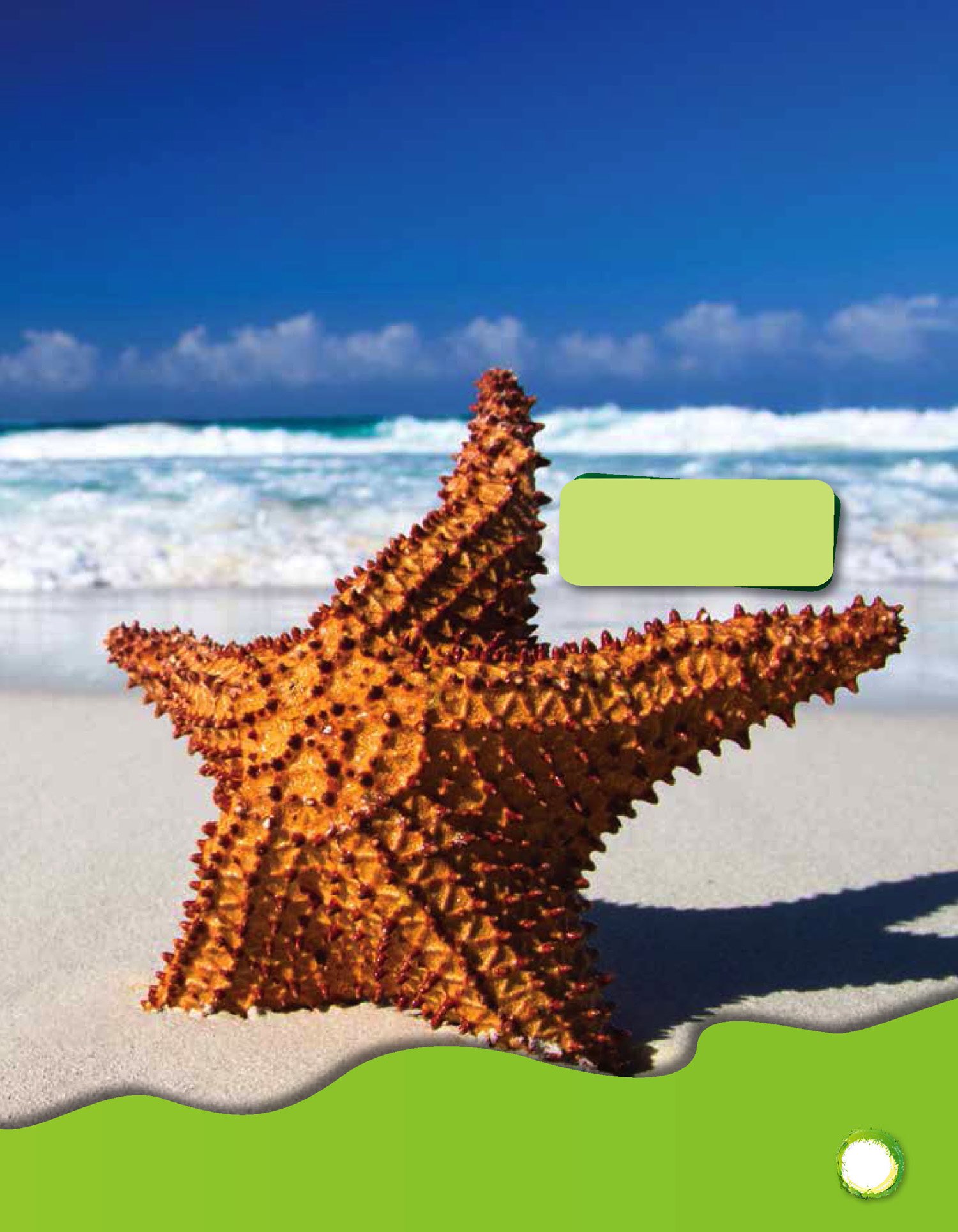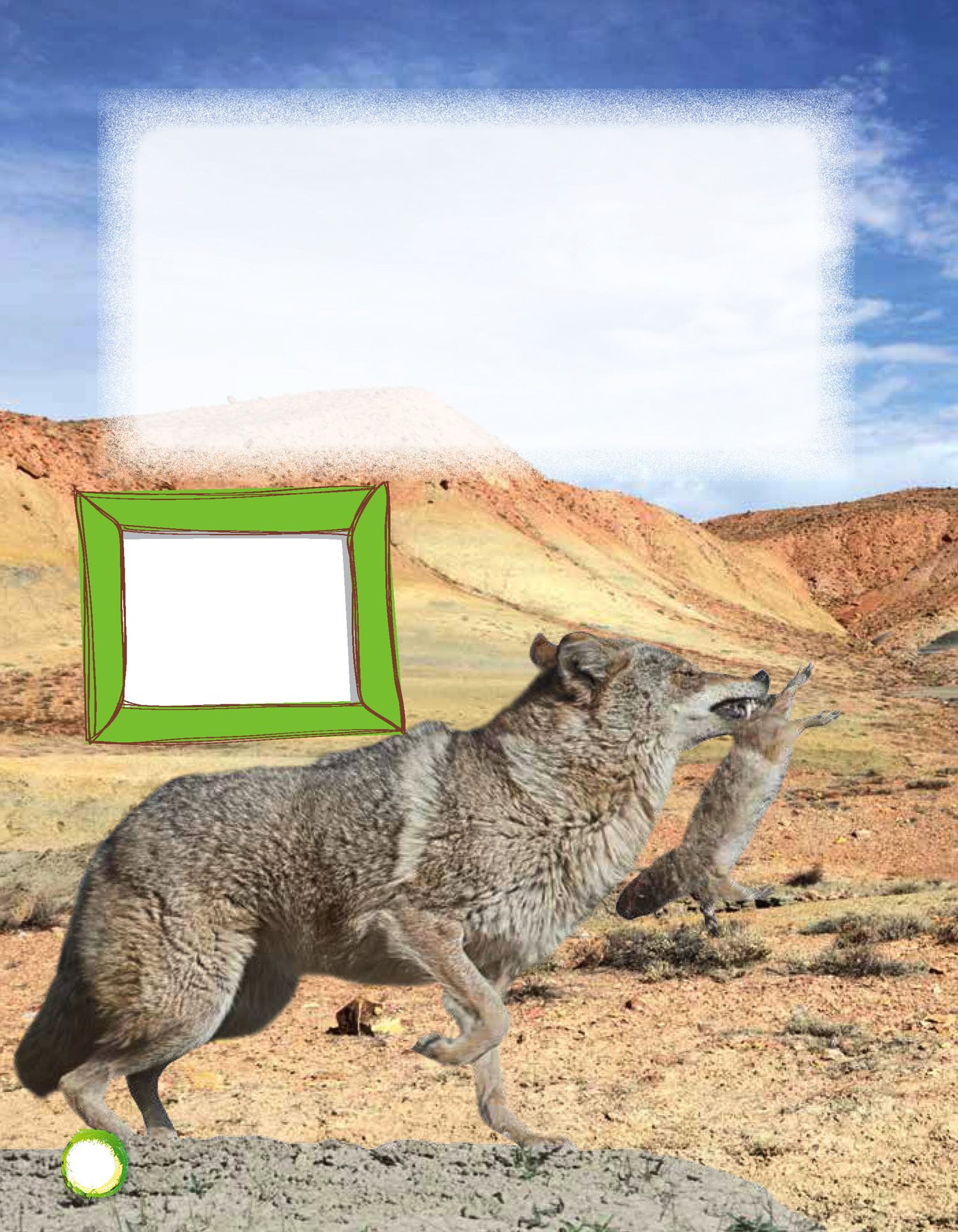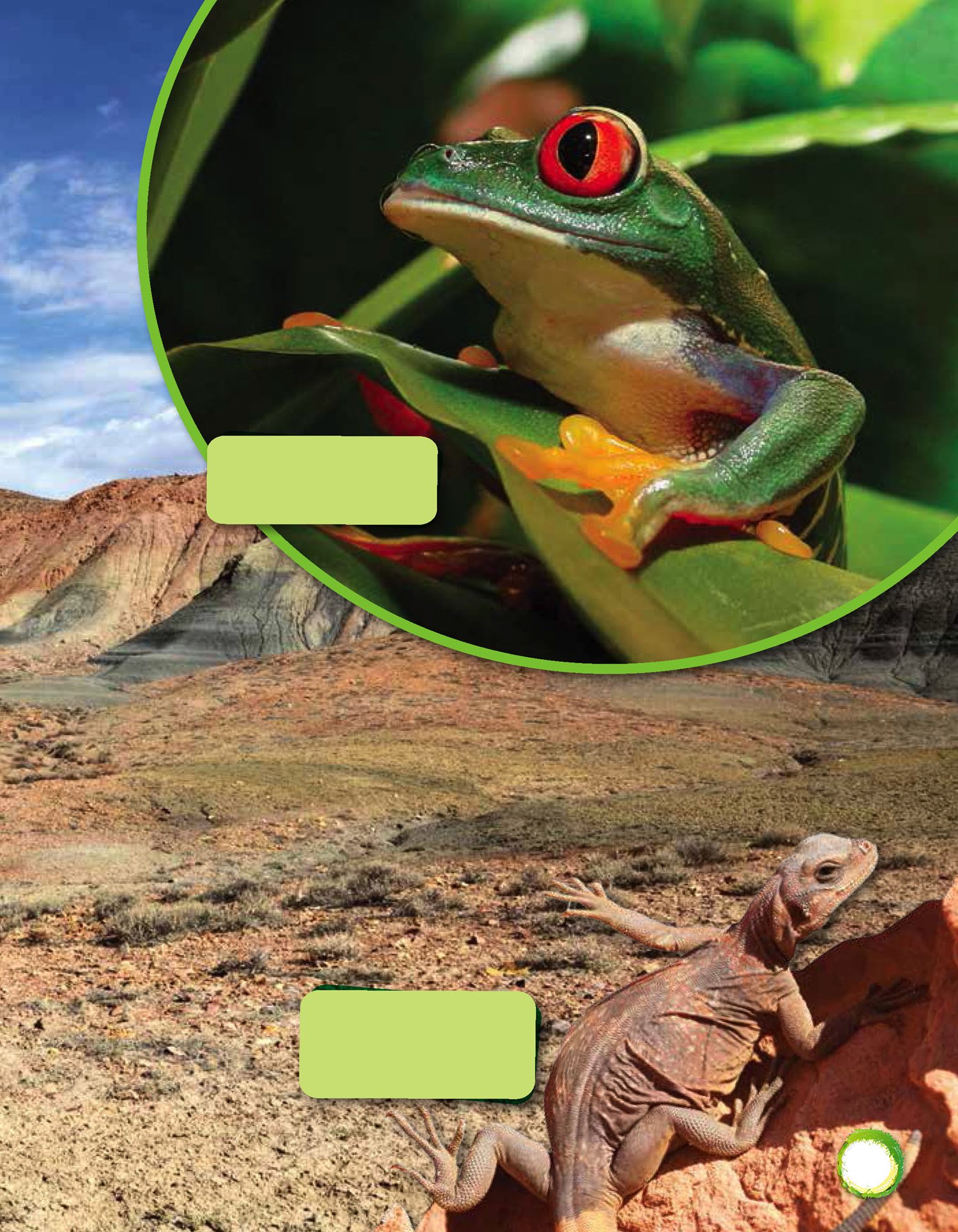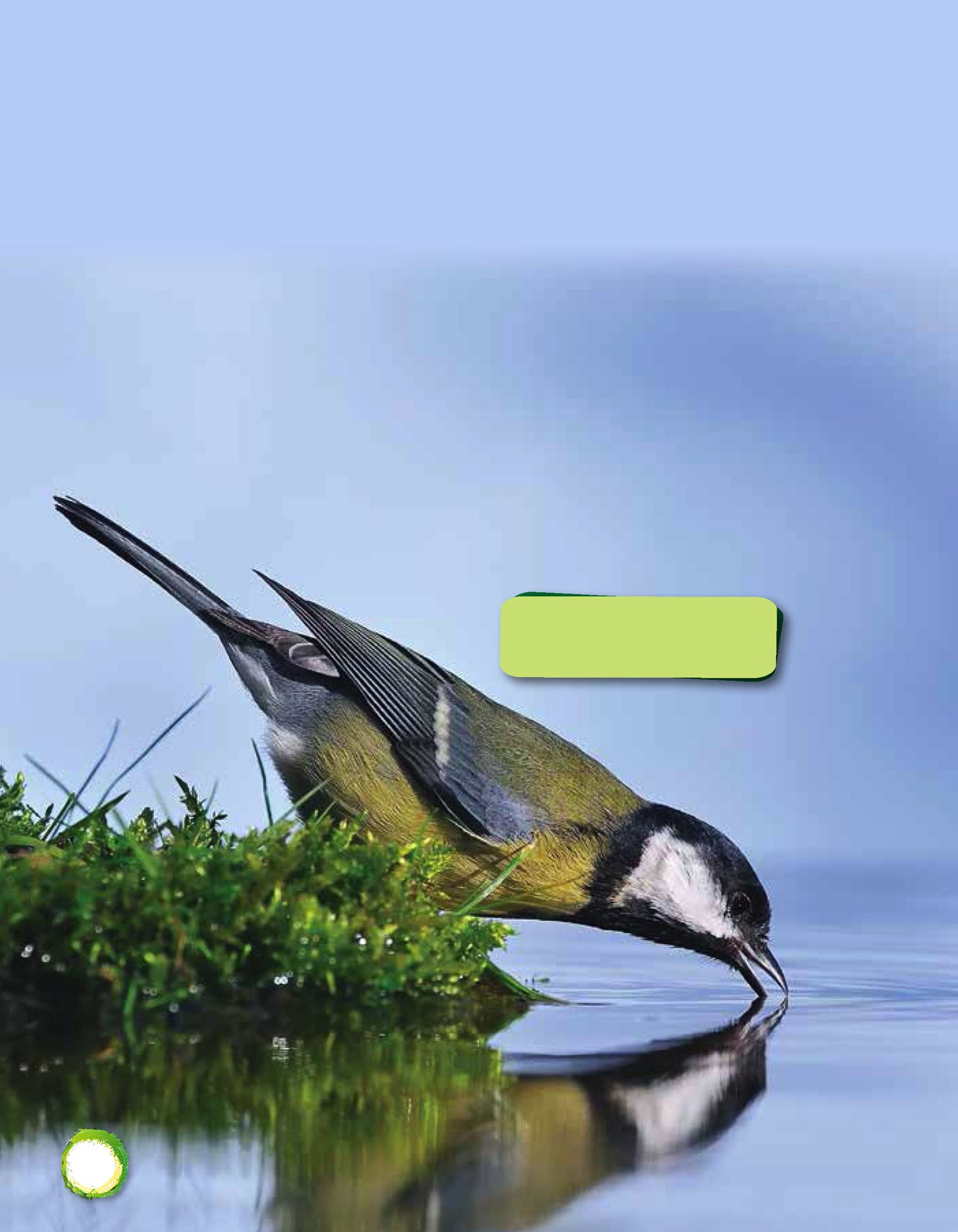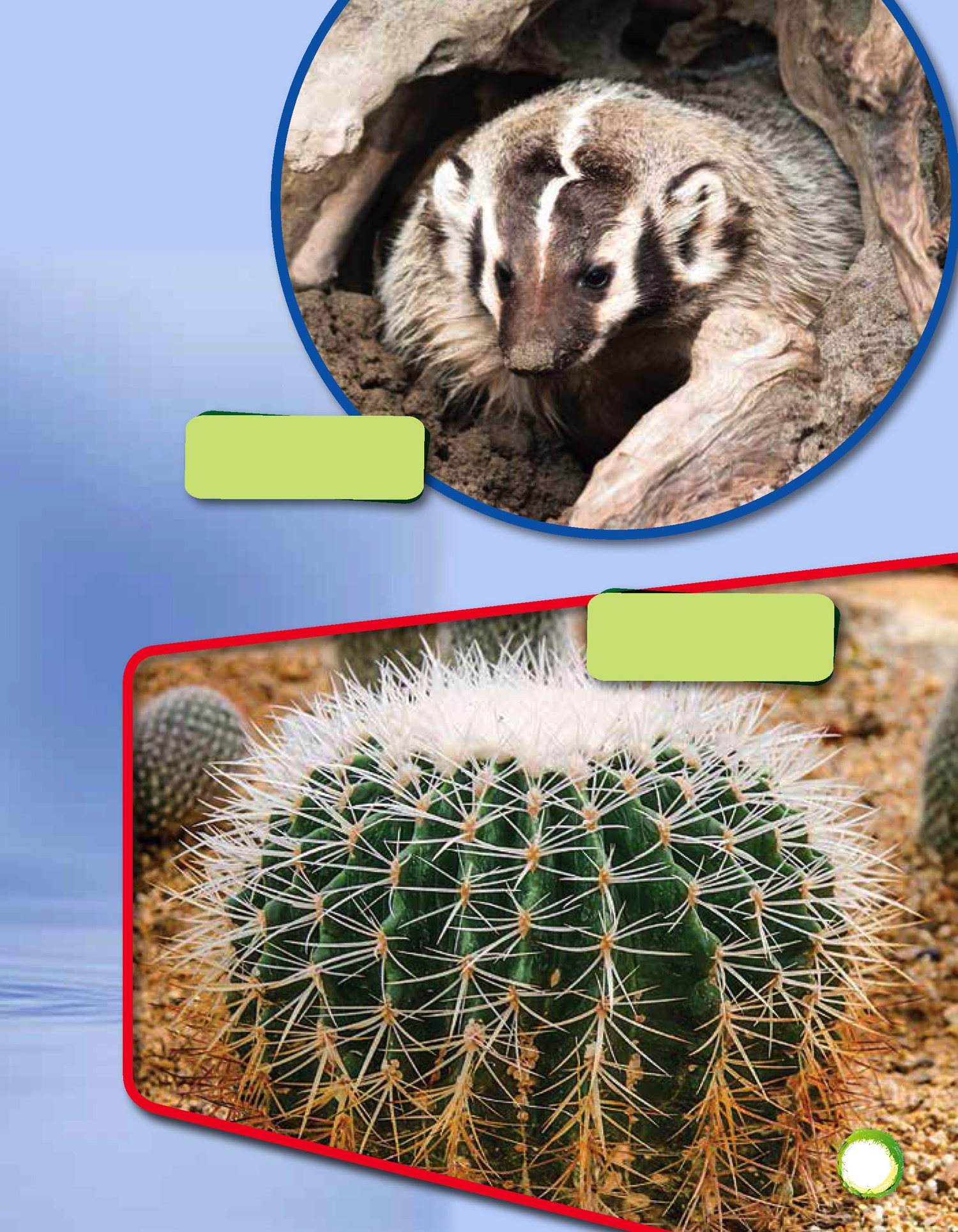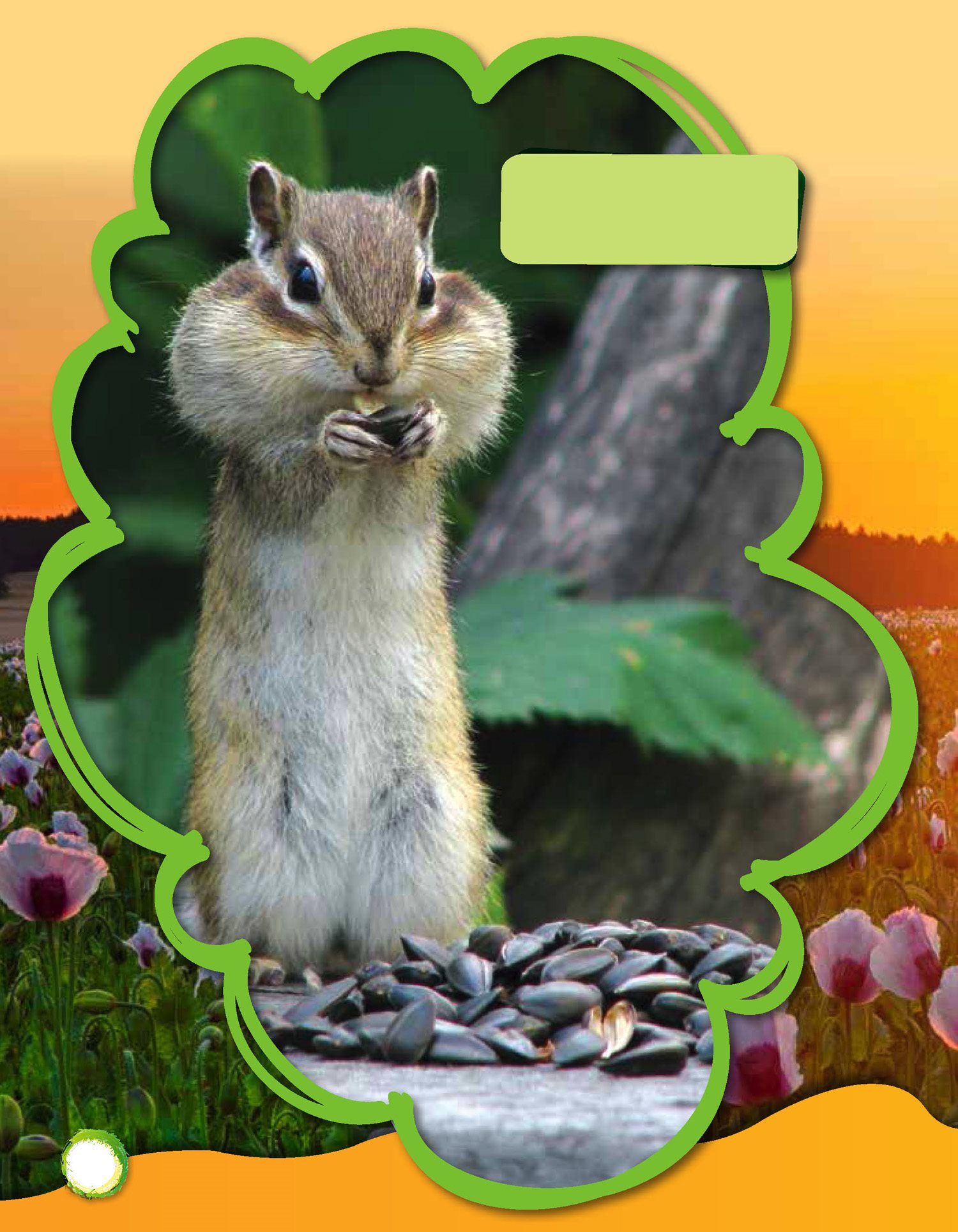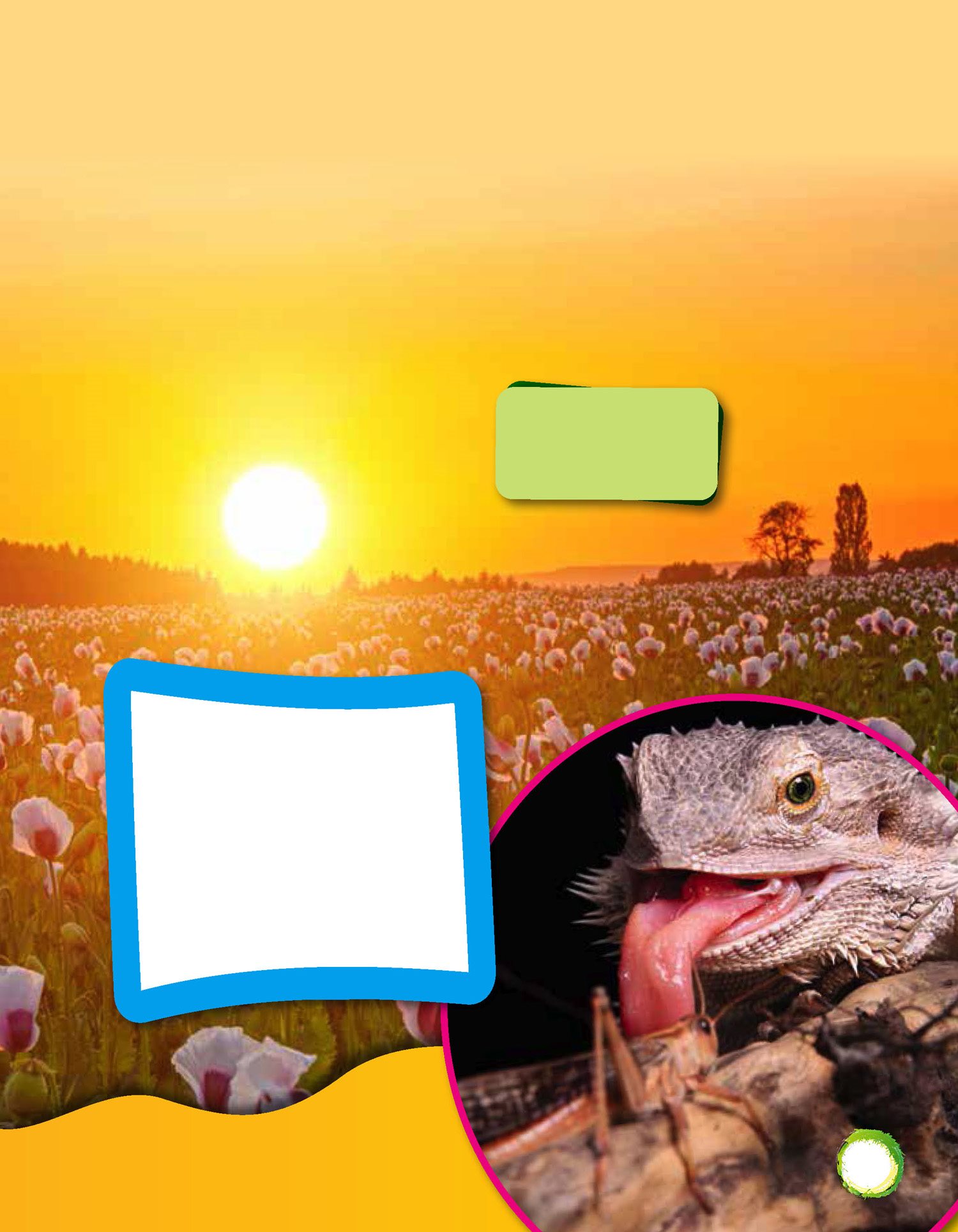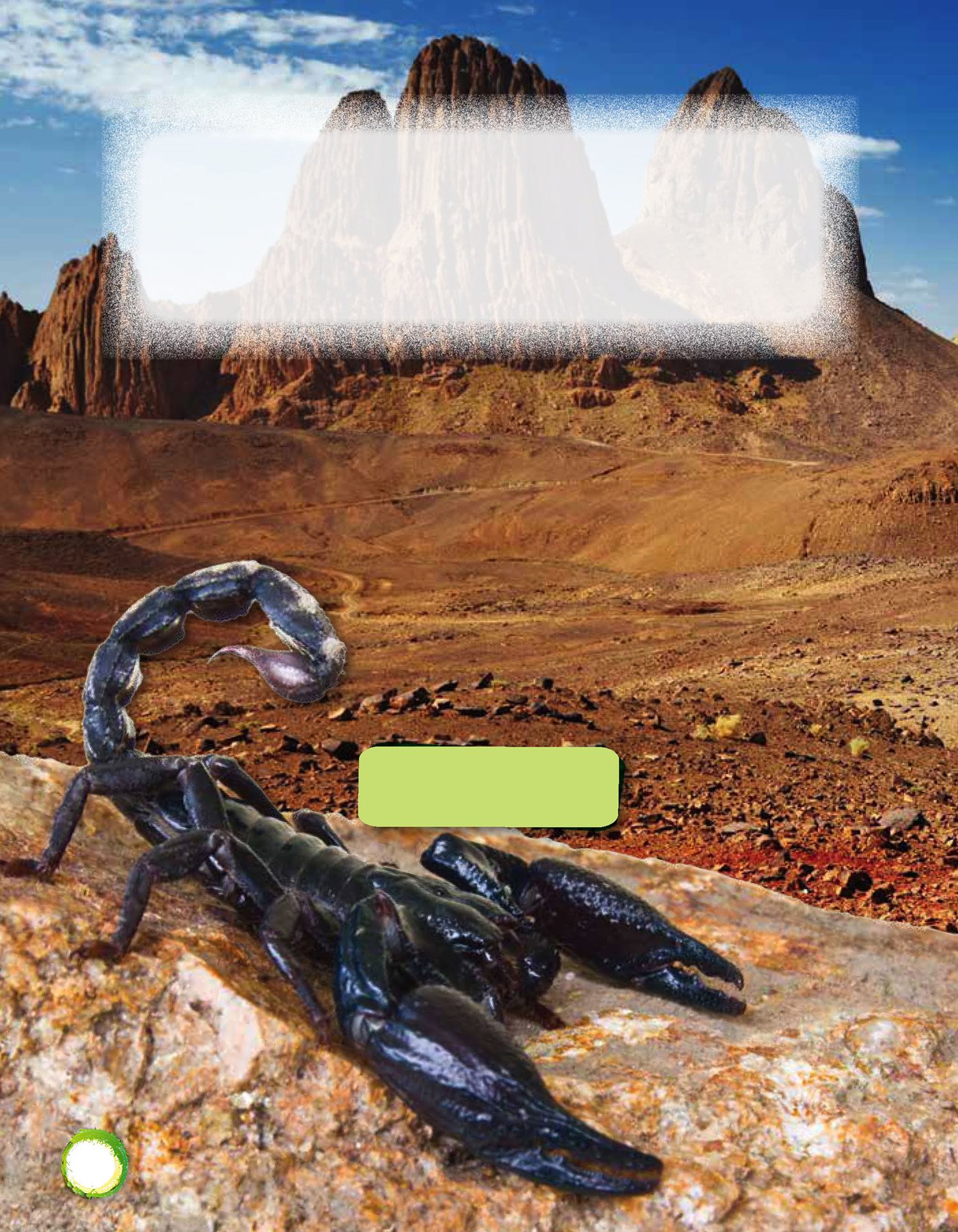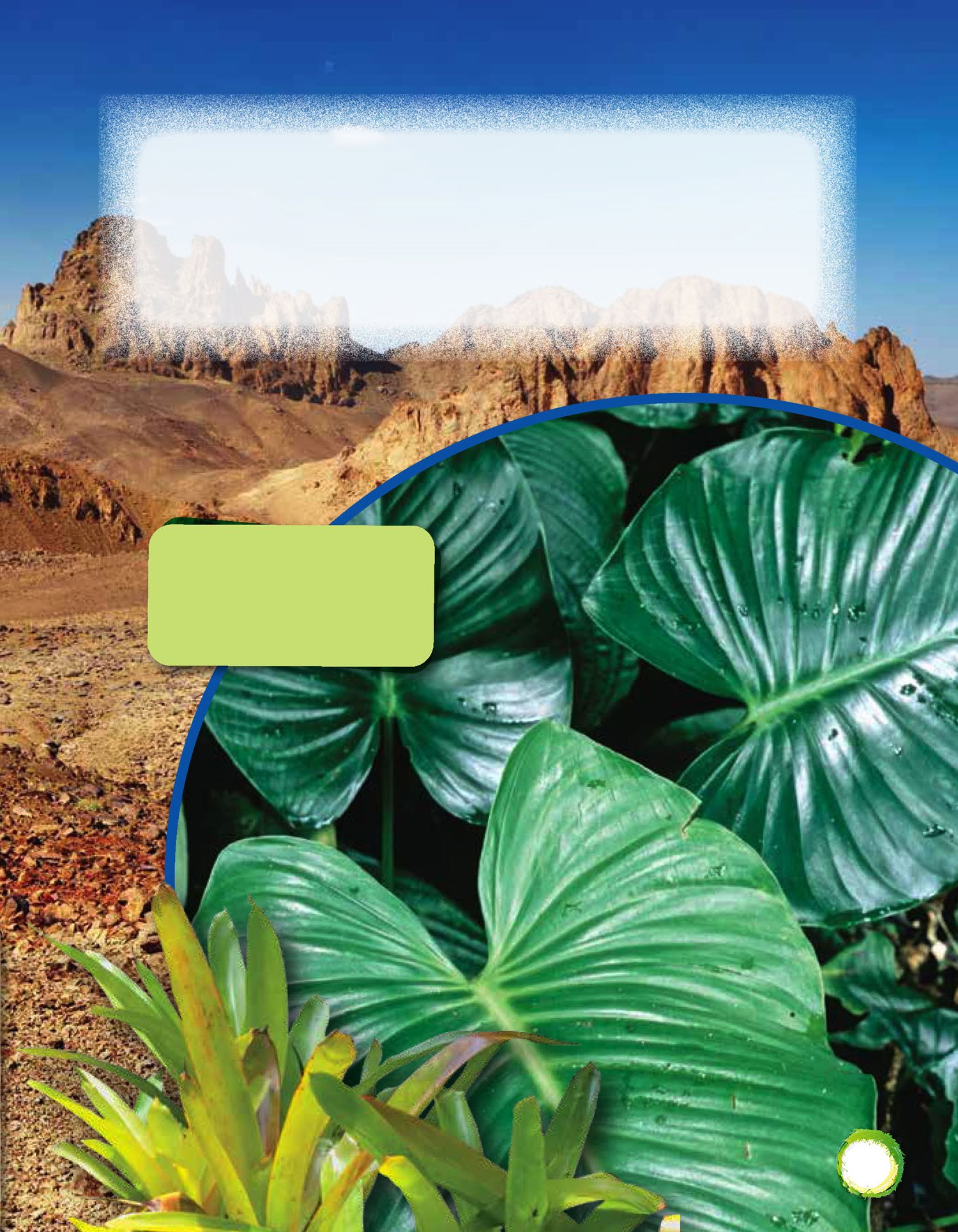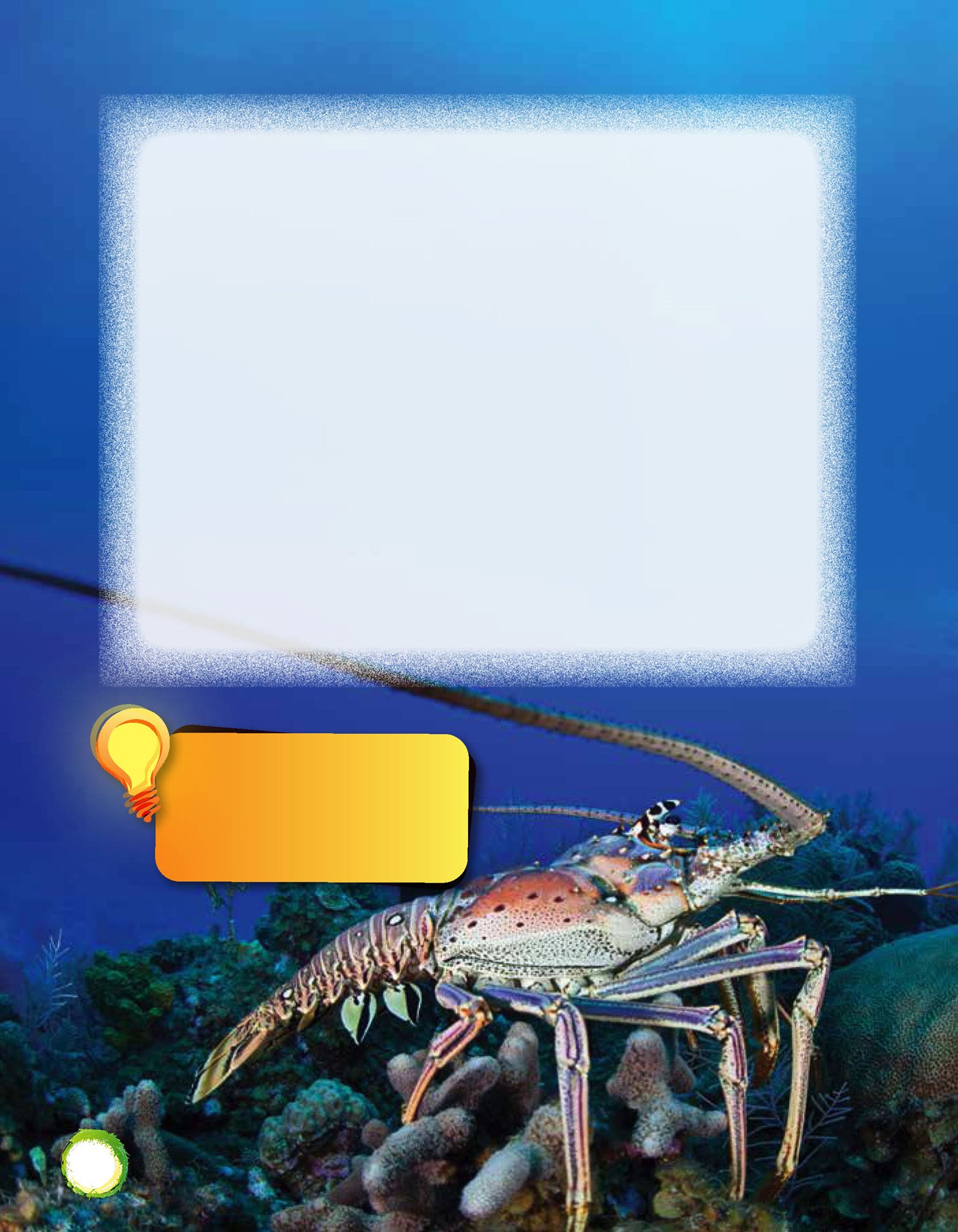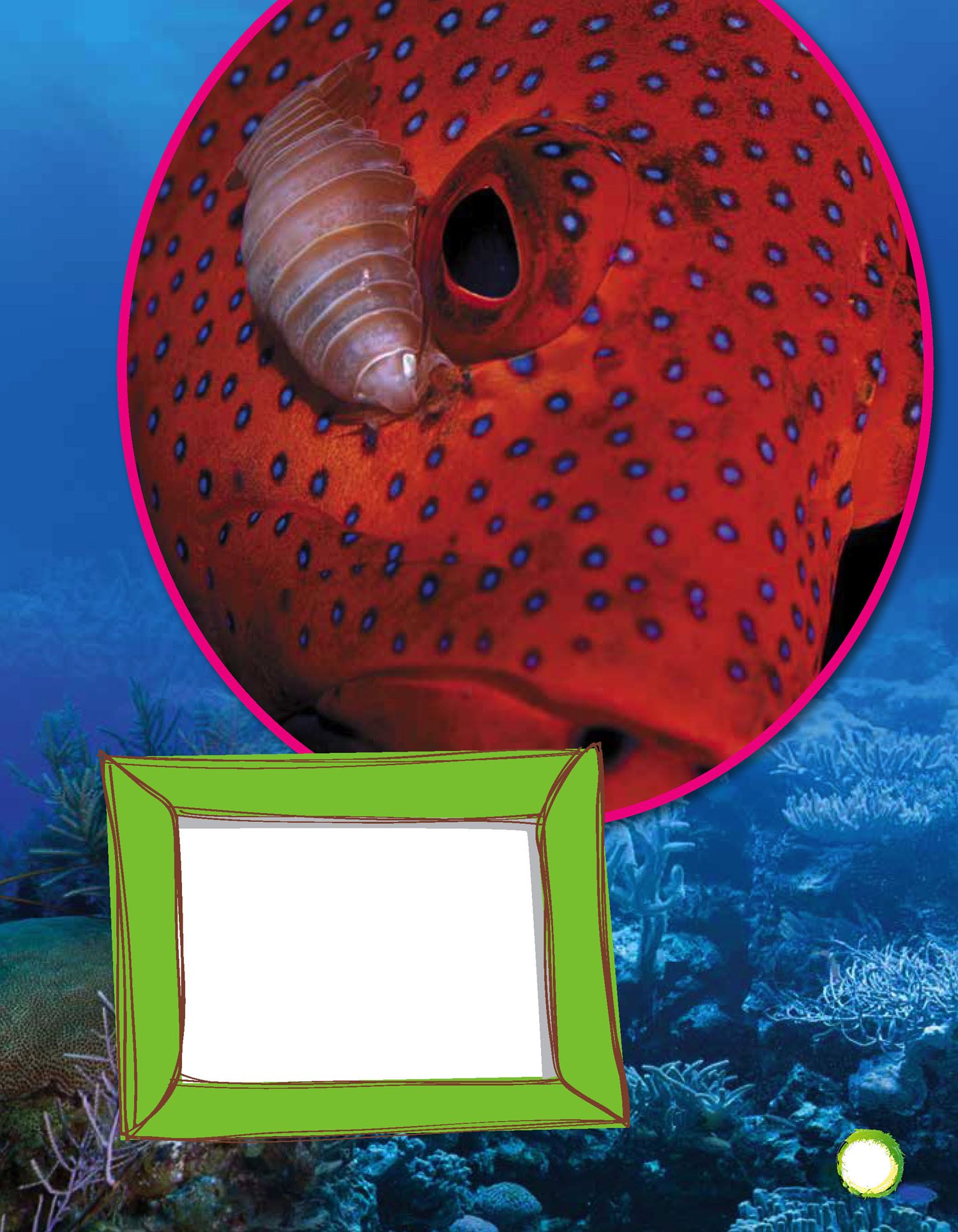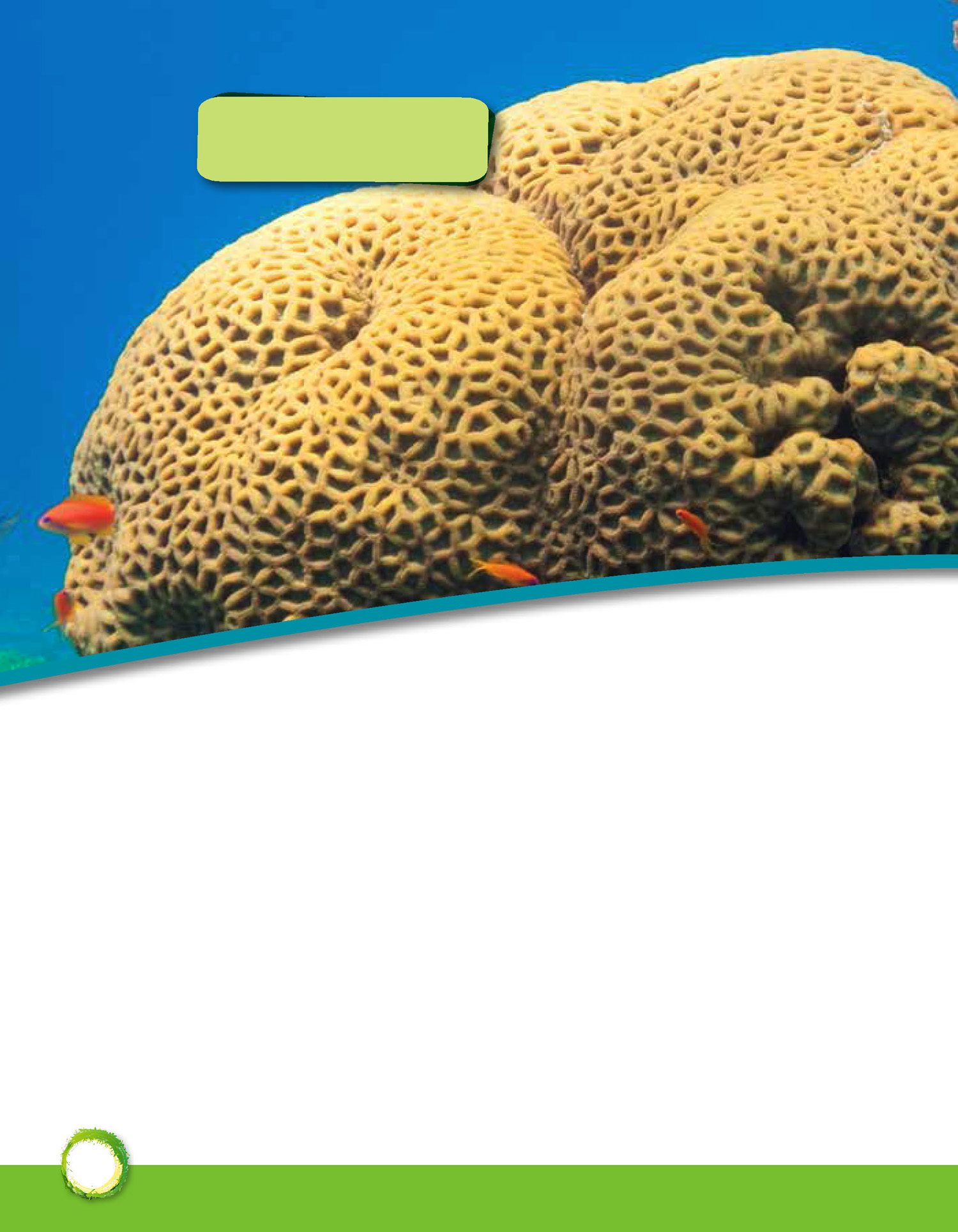Consultants
Sally Creel, Ed.D.
Curriculum Consultant
Leann Iacuone, M.A.T., NBCT, ATC
Riverside Unified School District
Image Credits:
p.2 Jeff March/Alamy; p.2425
(background) Christoph Bosch/age fotostock; p.25 (top)
F Hecker/age fotostock; p.4 (top) Spirit/age fotostock;
pp.9 (top), 11 (top), 1819, 21, 31 iStock; pp.2829
Janelle Bell-Martin (illustrations); all other images
from Shutterstock.
ePUB ISBN 978-1-5457-0067-9
Teacher Created Materials
5301 Oceanus Drive
Huntington Beach, CA 92649-1030
http://www.tcmpub.com
ISBN 978-1-4807-4601-5
2015 Teacher Created Materials, Inc.
Table of Contents
At the Bus Stop
You are waiting at the bus stop and see a hippo
walking down the street. You are surprised! Its not
that the hippo is too big for the bus. The hippo just
doesnt belong on your street! Your street is not the
hippos habitat .
Where Does
It Belong?
The hippos real habitat is a
grassland with calm water.
A hippos skin gives off
a red oil that acts like
sunscreen.
What is a habitat? It is the home for a living
thing. You might think of a habitat as a living
things address.
Every living thing has a place that is best for it.
The place has what the living thing needs. It can live
well there.
Sea stars have many
habitats. They do very
well along sandy shores.
What Makes a Habitat?
The right habitat for a living thing has just what it
needs to live well. This means the right soil, water, food,
and light. It means the right climate , too. And it means
the right predators !
Predators
Predators are animals
that live by killing
and eating prey.
A tree frog lives in a
rainforest habitat.
Lizards live in the
desert, where they
enjoy the suns heat.
Things that live on land need the right kind of soil.
Plants need soil to grow. Animals need plants for food.
Or they eat animals that eat the plants! Animals also need
the right kind of land for their shelter .
Plants and animals need water, too. They may need
freshwater. They may need saltwater. Plants and animals
must live in habitats that have the right kind of water and
plenty of it.
This bird drinks freshwater
from a river.
Badgers dig burrows
in the land.
A barrel cactus grows
best in sandy soil.
In the fall, chipmunks store
food in their burrows to eat
through the winter.
Living things also need the right kind of food. Plants
need nutrients from the soil. Plants also need energy
from the sun. Light helps them grow. Some animals eat
plants. Others eat meat. Some eat both. They all need
plenty of food through the year to live.
Living things need
light and energy
from the sun.
The Right
Predators?
If there are too many of one kind
of animal in a habitat, there will
not be enough resources to go
around. Predators keep animal
groups from growing too large.
Every living thing has a climate that is best for its
health . Some things do well in warm and dry climates.
Some things do well in warm and wet climates. Some
things do best in cold climates.
Scorpions like living in a
dry desert climate.
Living things evolve to live in certain climates.
Some animals grow thick fur for the cold. Some plants
grow deep roots to reach water. Living things have many
amazing ways to survive!
Plants on the floor of the
rainforest often have large
leaves to get as much
sunlight as possible.
Where Do They Live?
Each living thing has a habitat that is just right for
it. Can you tell why each habitat is right?
Lobsters
Lobsters are found in all oceans. They live on the
ocean floor, mostly near the shore. They live in cracks
and burrows in rocky, sandy, or muddy areas. They eat
sea plants and animals.
Lobsters have hard shells
to protect them. As they
grow, they shed their shells
and grow new ones.
Not Your Usual
Habitat!
A parasite is a living thing whose
habitat is on a host body. The host
is another living thing. The parasite
survives by living off a host like
this parasite attached to a fish.
Brain corals are found in


